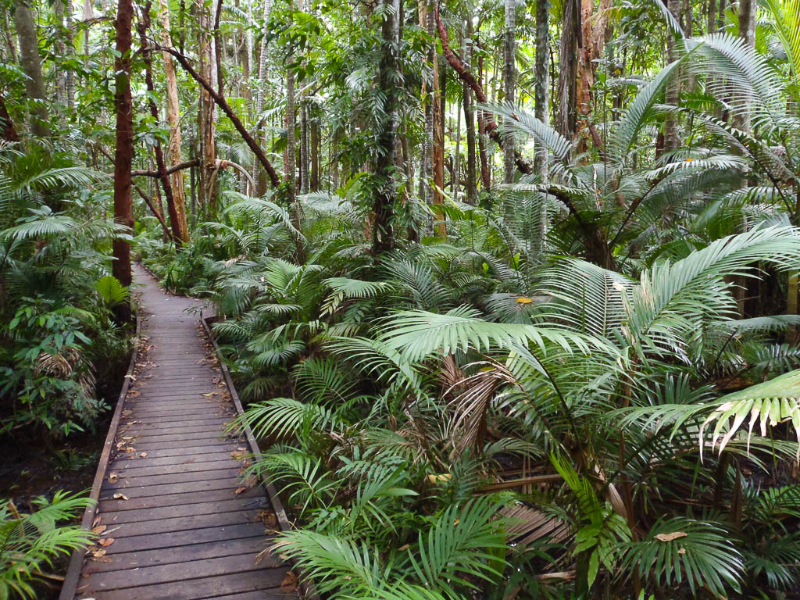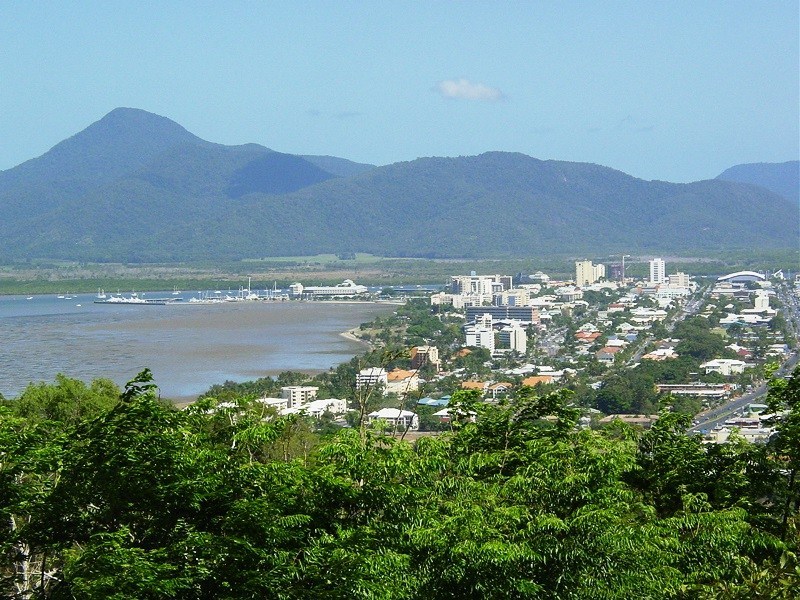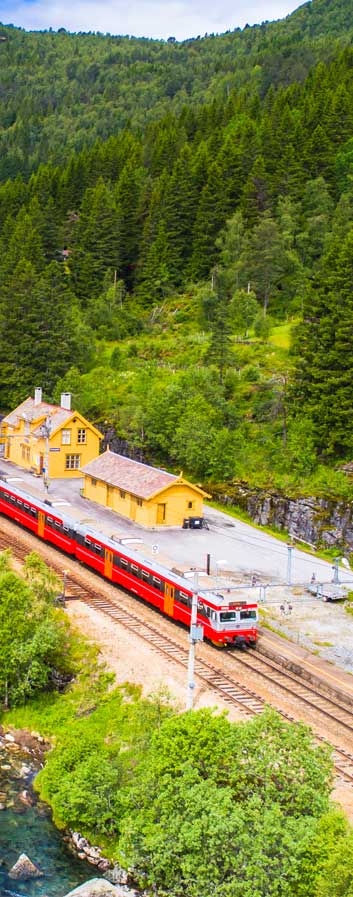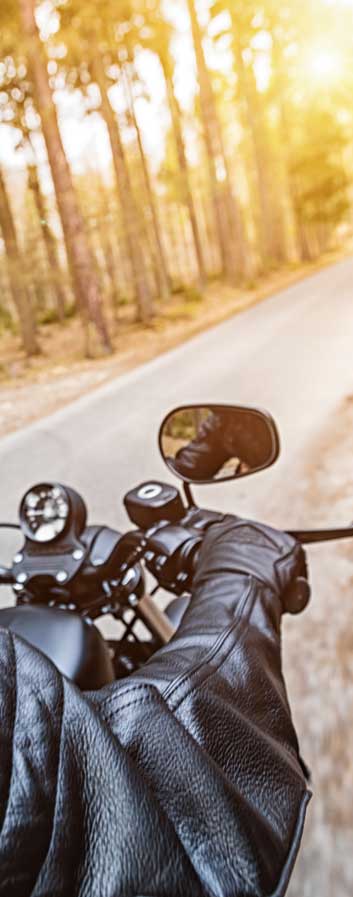Cairns Botanic Gardens
The Cairns Botanic Gardens features many tropical and primitive plant species - just follow the links above for a virtual preview. The formal section of the gardens, called the Flecker Garden, is only part of the 'experience'. The Gardens include the informal Botanic Reserve, the twin lake system of Centenary Lakes, the boardwalk through original Cairns rainforest vegetation, the Mt. Whitfield Conservation Park and the Tanks Arts Centre.
A scenic spot very popular with wedding parties, family barbeques and painters, the Lakes are a twin system consisting of a freshwater lake and a saltwater lake separated by a mangrove lined tidal creek. The Lakes are an important spot for local wildlife - especially birds - and 136 species have been identified in the reserve. Magpie Geese and Plumed Whistling Ducks have bred in the wetland sections of Freshwater Lake but many, many more species of birds are regularly seen including various kingfishers, Mangrove Herons, egrets, lorikeets, Rainbow Bee-eaters, Sacred and Straw-necked Ibis, Australian Pelicans, swallows, ducks and raptors.
The Centenary Lakes are connected to the formal Gardens by a 500 metre boardwalk which passes through three distinct types of vegetation - all of which were dominant before the city of Cairns sprang up and grew. There is the Melaleuca swamp filled with giant paperbark trees several hundred years old. Next is the palm forest which is adapted to being flooded for the length of the wet season and dry during the winters. Lastly, there is the pandanus swamp which is usually under a little water throughout the year.
Quiet travellers along the boardwalk might notice some of the local fauna which depend on this remnant forest for their survival. Striped possums, a few species of frogs, the Lace Monitor, Water Dragon (another lizard), five species of snakes, flying foxes, insectivorous bats and frogmouths (birds of prey) can be spotted by the discerning eye. Invertebrates and a variety of interesting fungi also await those with more defined natural interests.

About a five minute stroll up the road from the main entrance of the formal Gardens is the entrance to Mt. Whitfield and its two walking tracks. Both are well worn so you won't get lost but you might want to consider your fitness level before tackling either walk! Both climb quickly. The Blue Arrow from sea level to 365 metres (1,000 feet) but the views are worth the effort. The shorter walk is the Red Arrow (1.3 km) and even a non-athelete could do the circular track in about 45 minutes.
For adventurous nature enthusiasts, the Blue Arrow walk is very fulfilling but being fit is strongly recommended. The 5.4 km (3.4 mile) track crosses some gullies and is narrow so it will take most walkers about 5 hours to do. It is mostly closed-canopy so it gets dark in there much earlier than the surrounding area. A morning start is highly recommended so that you can finish the circuit before 4:00pm. Be sure to bring necessities such as plenty of water, your first aid kit and energy snacks to nibble on.
If you keep your eyes and ears open and your voice soft, you will be able to meet some of the residents going about their business. Brush Turkeys are often seen searching for food on the forest floor and will pass close by you while the cackling call of the timid and cryptic Orange-footed Scrub Fowl is likely to be your only hint of the smaller bird's presence. Little Red-legged Pademelons will be heard thumping through the leaf litter from dusk to early mornings while the majestic but hard to see Wompoo Fruit Dove coos periodically in the denser patches of rainforest canopy.



































